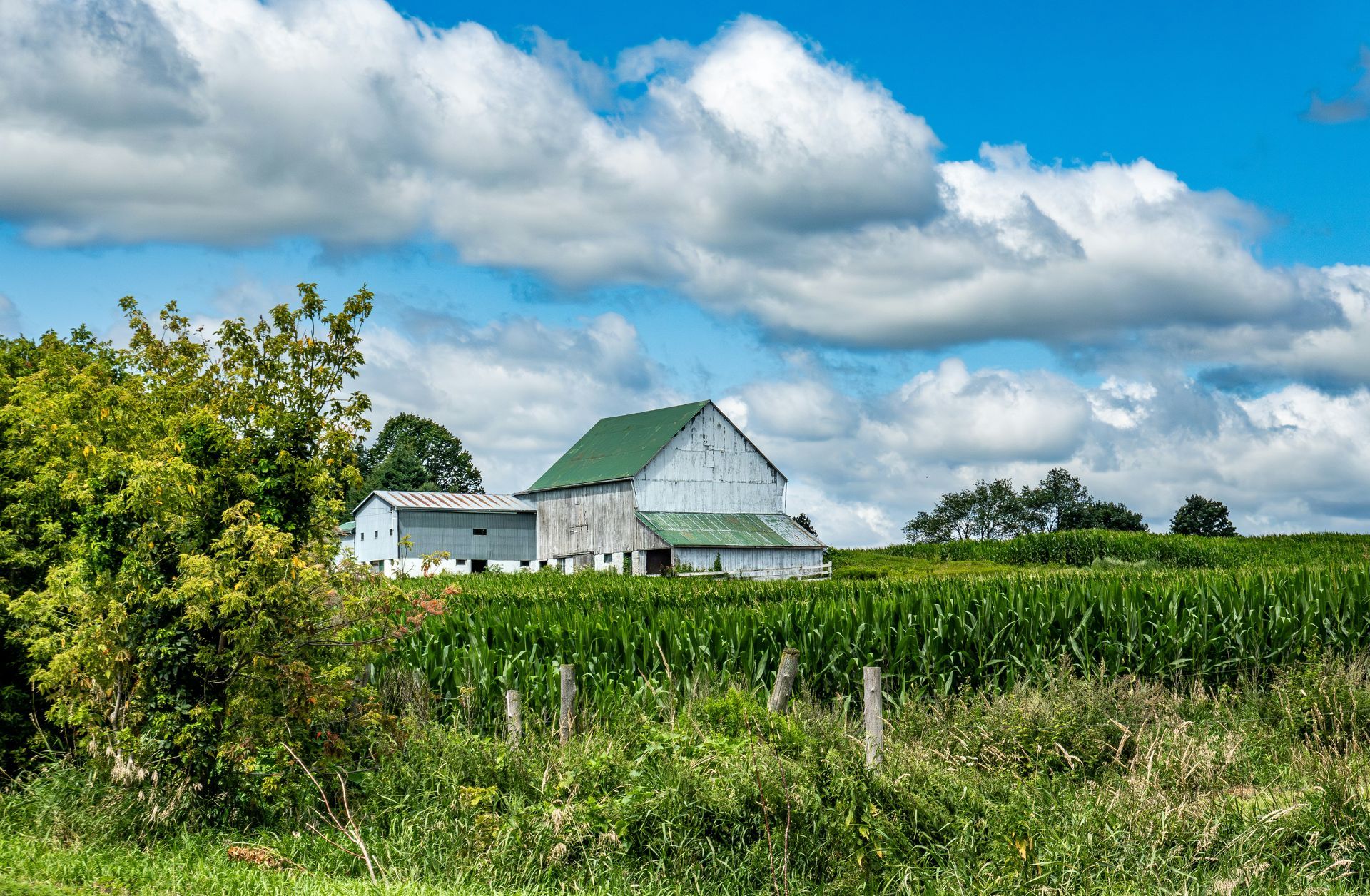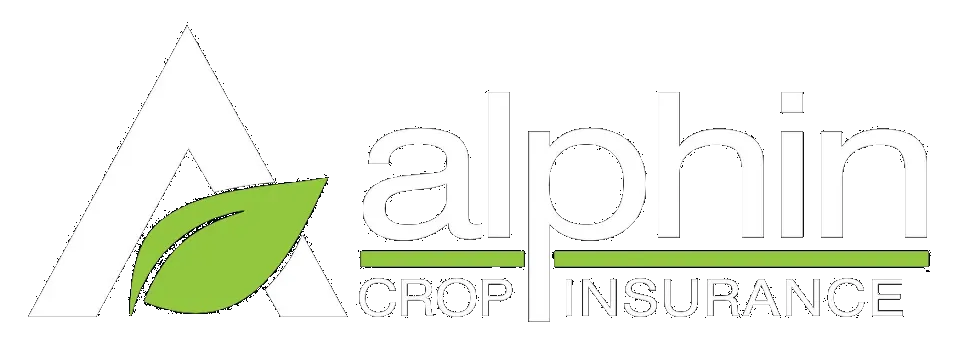Revenue Protection Insurance
How Revenue Protection Works
Guarding your expected income
Revenue Protection (RP) policies are designed to support farm revenue — not just production. These plans insure the dollar value of your expected yield at a set market price determined by the USDA. If your harvest is low or prices fall before you sell, the policy may cover the difference between your actual and expected income. It’s a flexible option for grain and row crop producers who want protection from both weather and market swings.


What RP Covers
Helps when yields or prices drop
Revenue Protection works by calculating your expected revenue and comparing it to what you actually earn at harvest. If your income falls below the guaranteed amount, the plan can help fill that gap.
Market Price Drops
If crop prices fall between planting and harvest, RP adjusts your coverage to account for the change.
Yield Losses
If your harvest comes in lower than expected due to drought, flood, pests, or other covered causes.
Harvest Price Option
Many RP plans increase coverage if harvest prices rise above planting prices.
Fits Local Crops
Coverage applies when damage occurs beyond your control despite good farming practices.
Flexible Coverage Levels
Farmers can select the percent of income to insure based on their risk tolerance and operation size.
How is revenue calculated in a Revenue Protection policy?
The policy uses your historical average yield and the USDA’s projected market price to set an expected revenue. If your actual yield multiplied by the harvest price is lower than the guaranteed amount, a payment may be made. It’s meant to cover a mix of yield loss and price decline. The goal is to help stabilize income in a volatile year.
What crops are eligible for Revenue Protection in North Carolina?
RP is available for many of the most widely grown row crops in NC, including corn, soybeans, wheat, and cotton. The exact availability depends on the county and what crops are considered insurable there. If you’re growing one of these main crops, chances are Revenue Protection is an option. We’ll help you confirm what applies in your area.
Is Revenue Protection different from standard yield insurance?
Yes — yield-only policies protect the number of bushels you grow, while RP adds a layer of coverage for price risk. That means you’re protected if your crop does well but prices fall sharply, or if a storm ruins part of your harvest and prices also drop. It’s a more complete risk management tool for many growers. RP is especially popular in areas where market prices can change quickly during the growing season.
Do I need to track prices or file claims myself?
No — the USDA sets prices based on market indexes, and your agent helps track those numbers during the season. If your actual revenue is below the guarantee, we’ll help you file a claim. There’s no guesswork or manual tracking required. Our job is to keep the process simple so you can focus on your farm.
Can I switch to Revenue Protection if I’ve used other coverage in the past?
Yes — you can choose Revenue Protection during your annual sign-up before planting begins. Many farmers shift plans as their risk tolerance or income goals change over time. If you’ve outgrown a basic policy or want to better manage price volatility, RP may be a good fit. We’re happy to compare options and explain how they’d work for your farm.
